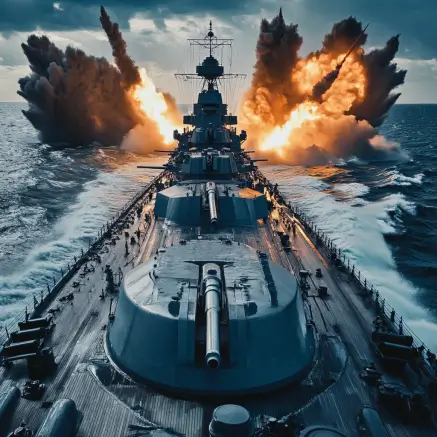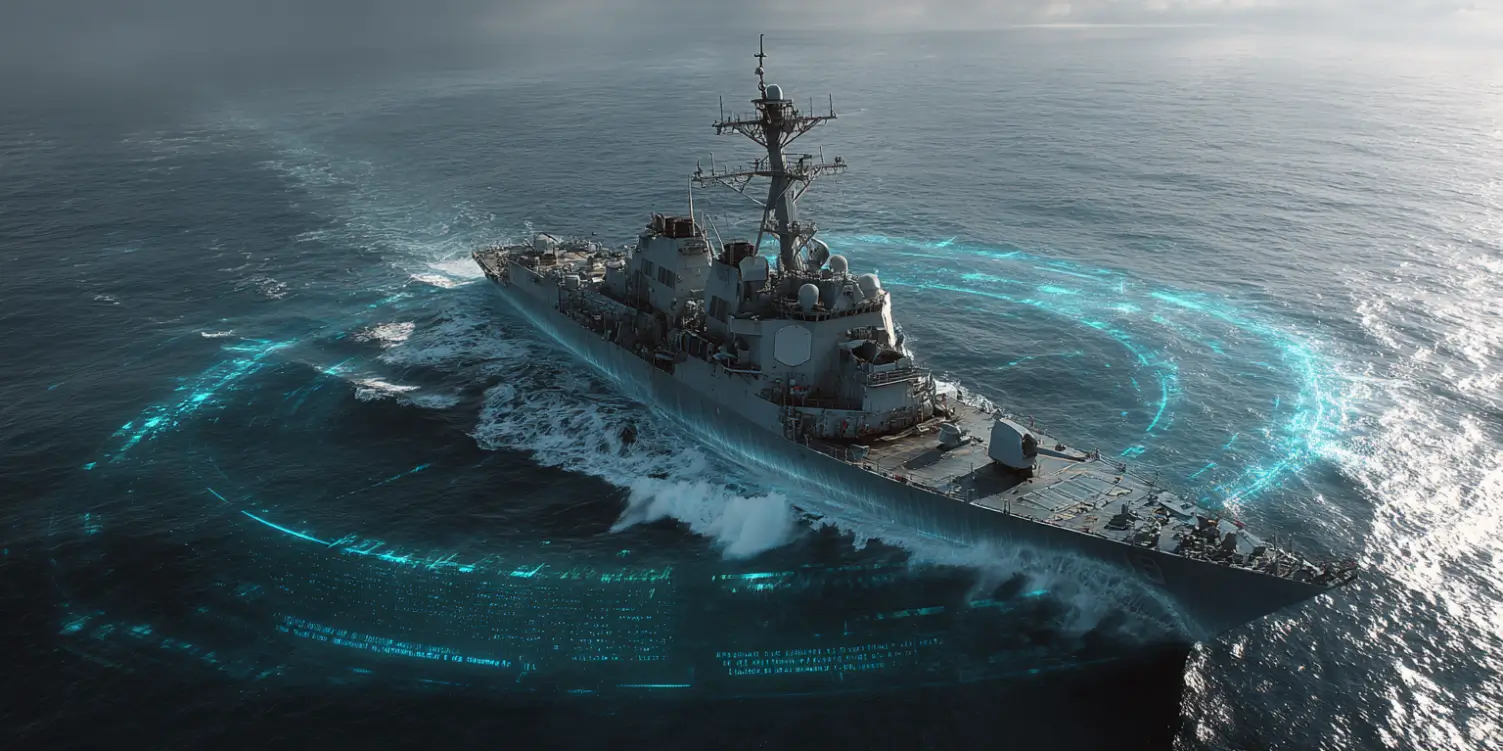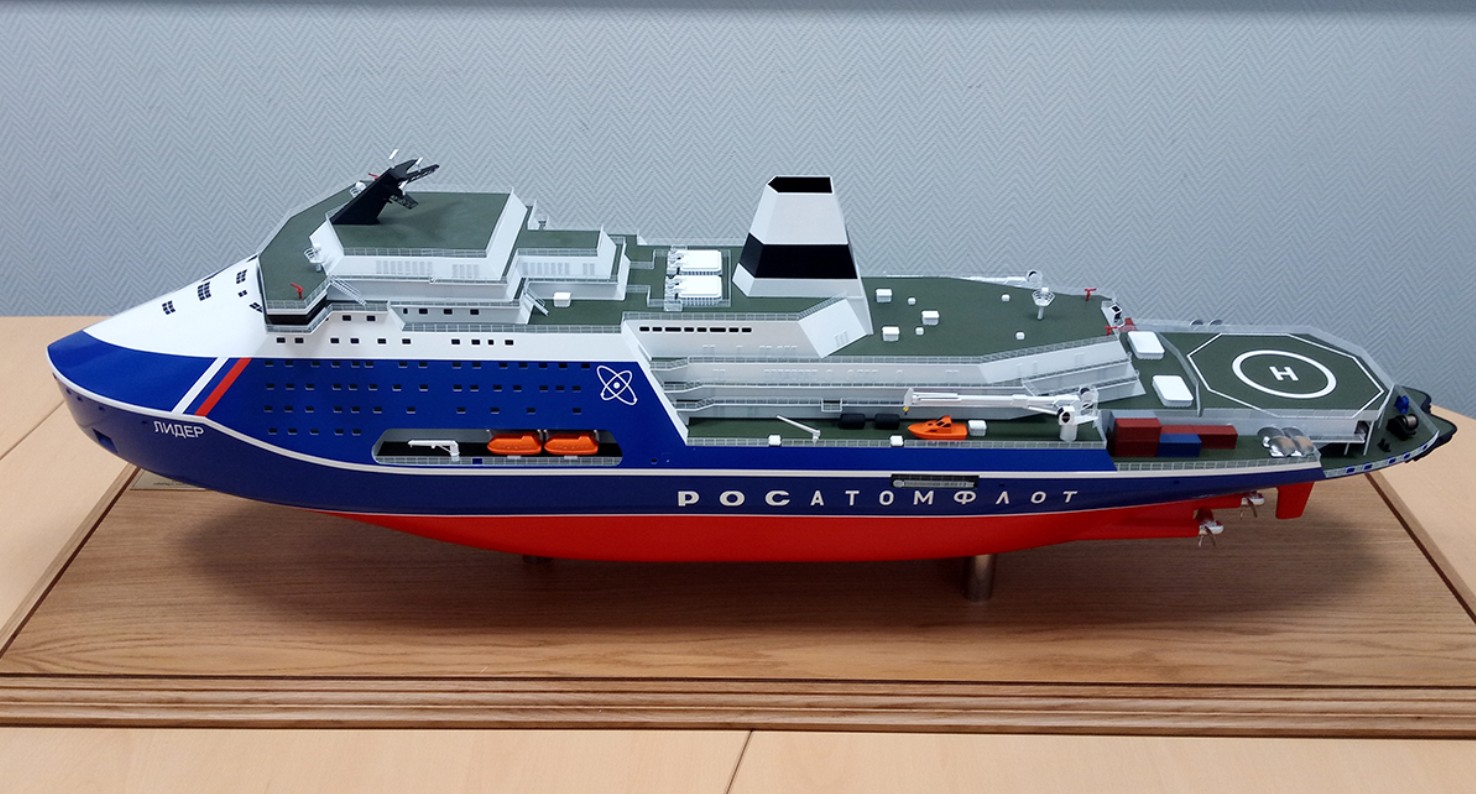The Evolution of Battleships: A Journey Through Time
The battleship has undergone significant transformations from its heyday during World War II to its current role in modern navies. Originally designed as the capital ships of their era, battleships were constructed to dominate the seas with their overwhelming firepower and armored hulls. However, technological advancements and strategic shifts have reshaped their function and design, resulting in a vastly different maritime landscape.
Battleships During WWII
During World War II, battleships played a pivotal role in naval strategy and were symbols of national power. These massive vessels, such as the USS Iowa and the Yamato, were equipped with large-caliber guns capable of hitting targets at extraordinary distances. The robust armor plating protected them against torpedoes and bombs, allowing them to serve as both offensive and defensive platforms.
Battleships of this era were often involved in significant naval engagements, taking on enemy fleets and providing artillery support for ground operations. Their sheer size and firepower made them formidable adversaries. The following table highlights some of the key specifications of a typical WWII battleship:
| Feature | Specification |
|---|---|
| Displacement | 35,000 – 70,000 tons |
| Main Armament | 9 to 12 x 16-inch guns |
| Speed | 27 to 33 knots |
| Armor | Up to 18 inches |
| Complement | 1,500 – 2,700 crew members |
The Shift in Naval Warfare
The role of battleships began to change towards the end of WWII, with the rise of air power and the introduction of aircraft carriers. The Battle of Midway underscored the importance of air superiority, as aircraft launched from carriers proved devastatingly effective against battleships. This shift marked the beginning of a strategic transformation in naval warfare, where aircraft carriers started to take precedence.
As missile technology advanced, the significance of battleship artillery diminished even further. Guided missile destroyers and cruisers, armed with precision munitions, became the new staples of modern navies. Emphasis on speed, versatility, and multi-role capabilities pushed traditional battleships towards obsolescence.
Modern Naval Combat and the Role of Battleships Today
Today’s naval strategy involves integrated warfare systems and a variety of ship classes designed for specific roles. The escort missions, anti-submarine warfare, and missile defense responsibilities that would have been undertaken by a WWII battleship are now the domain of specialized vessels.
While battleships are no longer being built, some older vessels have been preserved for their historical significance or repurposed for modern needs. Nations like the United States maintained a handful of battleships through the Cold War, upgrading them with missile technology. However, these ships have since been decommissioned or reclassified.
The Specification Shift
The following table details typical modern naval combat ship specs, often confused with battleships but vastly different in function:
| Feature | Specification |
|---|---|
| Displacement | 7,000 – 12,000 tons |
| Main Armament | Missiles, CIWS |
| Speed | 30+ knots |
| Armor | N/A |
| Complement | 200 – 350 crew members |
The Legacy of Battleships
Despite their diminished role, battleships remain a fascinating subject of naval history and engineering. They symbolize an era of naval might and industrial capability, influencing ship design and military strategy. The nostalgia attached to these powerful vessels has kept them in the public imagination, often romanticized in books, films, and video games.
While the age of the battleship has passed, their legacy lingers. Modern naval enthusiasts and history buffs alike continue to study these majestic ships, preserving their stories for future generations. As technology advances and naval tactics evolve, the lessons learned from the era of the battleship continue to inform and shape military strategy.









